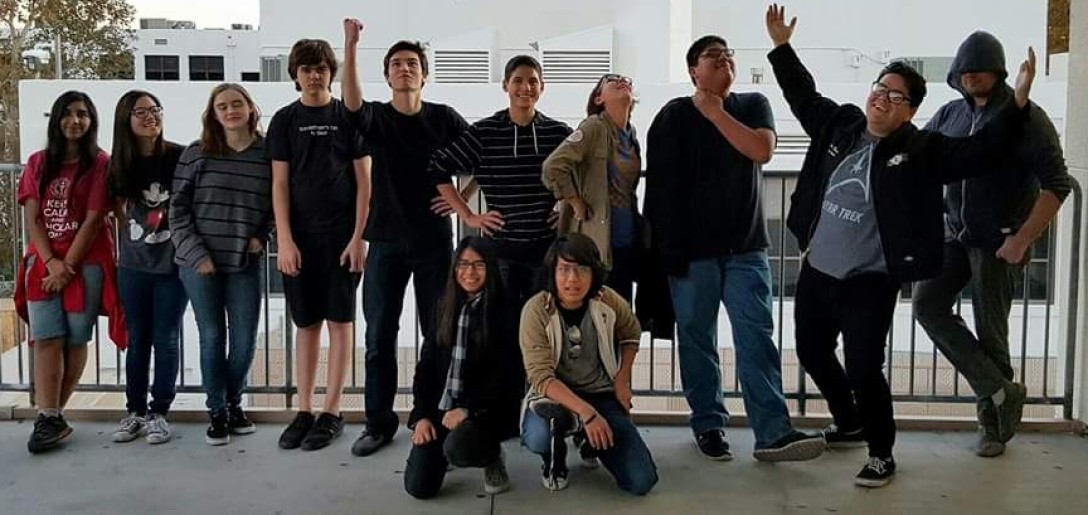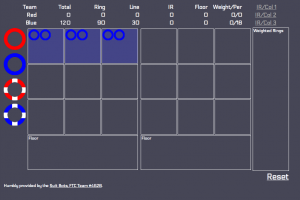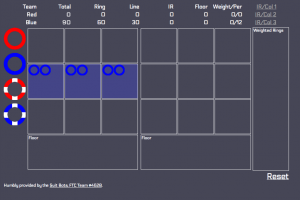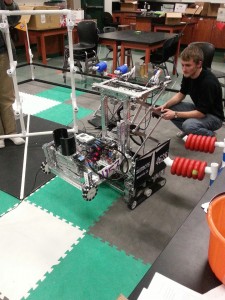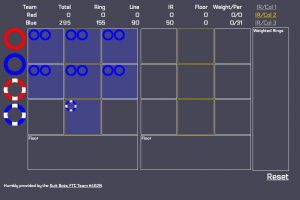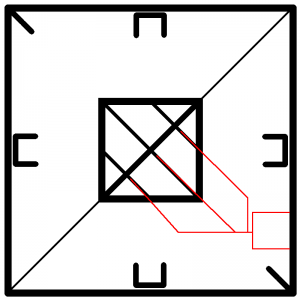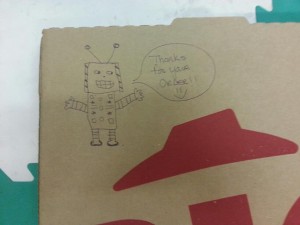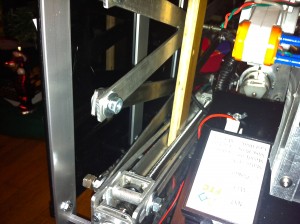Attendance
- Fletcher
- Evan
- Dante
- Hunter
- Mark
Journal
Tasks
- Hear Dr. Stroupe speak
- Learn more about robotics in the real world
Reflections
Dr. Ashley Stroupe, a driver for the MER Mars rovers, came, so we all went to Mr. Dobson’s room to hear her speak. Mr. Dobson had given us pizza and soda to eat during her presentation.
At the beginning of her presentation, she decided to ask us a special question because we all did robotics. She asked, “What makes a robot a robot?” Some of our responses were, “They never work,” “They have programming,” and “They have electronics.” She then continued to the rest of her presentation.
She talked about some of the things the MER rovers, Spirit and Opportunity, have done. She mentioned that they were intended as 3 month missions, but Spirit went 6 years and Opportunity is still going after 10 years. She also brought up how she drove the rover. Because there is a several minute long delay before information can be transmitted between Earth and Mars, the Mars rovers can not be driven in a TeleOp fashion. Everything they did was autonomous. They have an interface to drive the rover in where they give the rover a path, and the rover will drive on that path. On the way, if the path goes over an obstacle, the robot will drive around the obstacle without being asked to by the drivers. They can also drive the rover by looking at pictures the rover takes and selecting point to which the rover will drive.
The MER rovers take pictures in a non-standard way. Because the scientists want as high resolution pictures as possible, the cameras take one picture where only data for red colors is taken, a blue picture is taken, and a green picture is taken. Because not much movement occurs on the Martian surface, there will not be too much difference, though she showed us a picture where a dust devil was in frame and the red photo and the green photo caught it in different places.
At the end of her presentation, she talked about her education. She majored in astronomy and went to graduate school to study paleoanthropology. She found that it was difficult to get funding for the study of ancient humans, so she decided to switch to robotics, in which she got her Ph.D. We enjoyed having Dr. Stroupe come.
